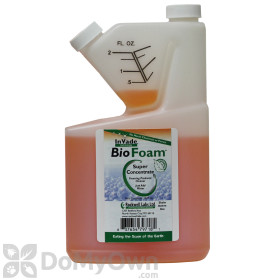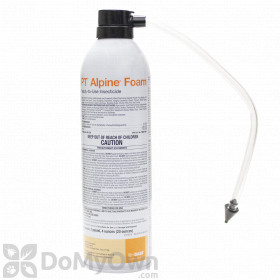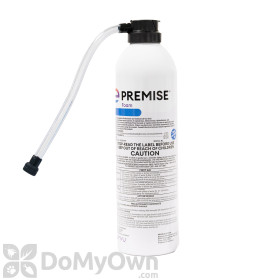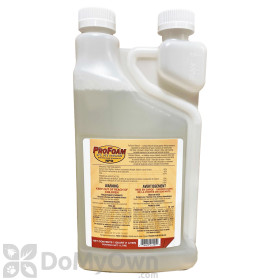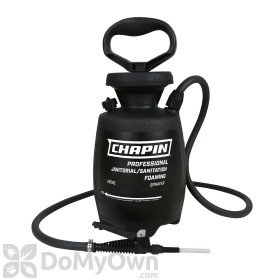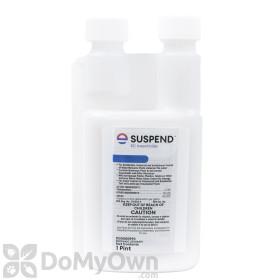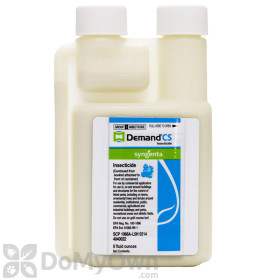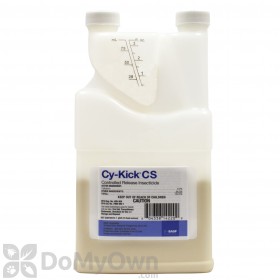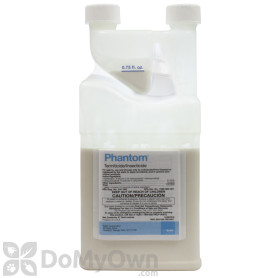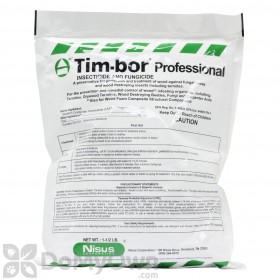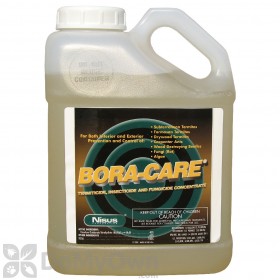What is a Foam Insecticide?
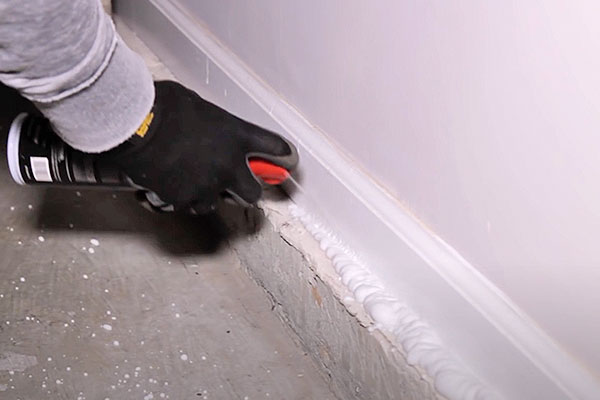
What are the advantages of choosing a foam insecticide?
- Foam increases accuracy and precision of product placement as it cannot be pulled by gravity to the lowest point in a given area like a liquid or dust treatment.
- Foam's ability to expand extends coverage to out of the way voids and small spaces that would otherwise be missed. For example if a wall void needed to be treated for termites, spraying in a liquid would certainly miss key areas potentially leading to further termite damage. If the same wall void were treated with a foam termiticide, the foam would expand and fill the void, allowing the active ingredient to bond with all surfaces.
When should foam be used?

The ideal time to treat your home with an IGR to prevent bothersome infestations is right now, before reproduction becomes a problem.
- Fly management in commercial kitchens: Using a foaming microbial product such as Invade Bio Foam will help the product adhere to the surfaces being treated and allow the microbes more time to break down the organic matter that has built up in hard-to-treat areas. Use the foam in sink and floor drains and around loose flooring to eliminate breeding areas for drain flies, vinegar flies, and fruit flies.
- Roach control programs: Termidor FOAM is a non-repellent foam that can be applied inside hollow metal tubing such as table legs and appliance legs, notorious roach breeding grounds. Foamed insecticides may also be applied to wall voids to eliminate roaches.
- Bedbug control programs: Hollow metal or brass bed frames and furniture are difficult to properly treat. Using Termidor FOAM in the hollow tubing could get rid of any nesting insects within making this type of furniture salvageable.
- Termite treatment programs: Use foamed termiticides to treat above window encasements and in wall voids where liquids or dusts would not be able to stick and provide ample coverage.
- Odor Control in wall voids: Bac-A-Zap is an enzyme product that can be foamed directly into wall voids to get rid of odors caused by rodents that have died in walls or other inaccessible areas making removal impossible.
How are liquid insecticides made into foam?
Many types of insecticides can be "foamed". Most require two things to turn into foam:
- A foaming agent (such as ProFoam) must be added to the diluted mixture. The amount of foaming agent added to the mixture will depend on the expansion needed for the treatment being completed and the insecticide manufacturer's instructions regarding the foam application of the product.
- A foaming device like the Chapin Poly Foamer will be required to actually add the air needed to make the liquid solution into foam and to apply the foam to the treatment area.
There are several products that come in an aerosol type can and are ready to use, no mixing or special devices required. Products like Termidor FOAM provide broad spectrum insect control and are easy to use and make for fast applications and easy clean ups. These ready to use foams would be a good choice for small treatment areas but may prove to be too expensive for large areas.
Some products like Invade Bio Foam do not require a foaming agent. These products come with the foaming agent already added to the mixture eliminating the need to purchase a separate foaming agent and the need to measure and mix individual products. A Chapin Poly Foamer is still needed for the application process.
Insecticides that can be foamed:
Many insecticide products can be foamed for use in wall voids and other tight spots. Read the manufacturer's label or call Do My Own to confirm that the product you've chosen works for your application needs.




